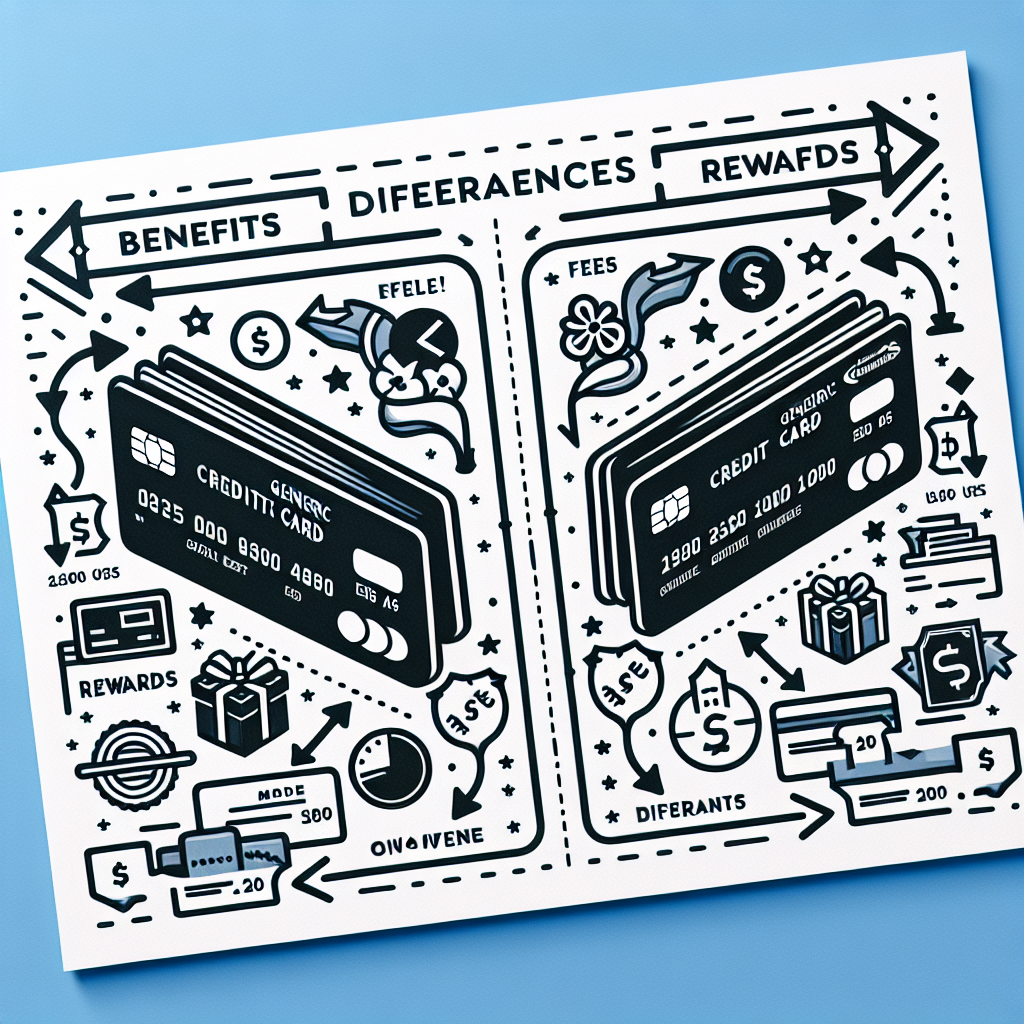Essential Insights
When weighing your options between the Capital One QuicksilverOne Cash Rewards Credit Card and the Capital One Quicksilver Cash Rewards Credit Card, it boils down to what type of credit profile you sport and which card’s perks align with your needs.
The standard Quicksilver card usually takes the crown for its lucrative welcome bonus and a tempting introductory APR on purchases and balance transfers, but it demands a solid credit history.
On the flip side, the QuicksilverOne card is tailored for those aiming to rebuild or improve their credit, offering easier approval and reward cashback on routine spending as your credit score climbs.
Unpacking the Similarities and Differences
With near-identical names and matching cashback rates, it’s natural to wonder how these two cards diverge. Simply put, Quicksilver tends to be the superior card overall, but QuicksilverOne opens doors for applicants with less-than-perfect credit.
Considering either or both? Dive deeper to see how these cards measure up side by side.
Feature Face-Off
| Welcome Bonus | Earn a $200 cash bonus after spending $500 in the first 3 months, plus a limited-time $100 credit on flights, stays, and rentals booked via Capital One Travel during your inaugural card year. | No welcome bonus offered. |
| Rewards Rate | Unlimited 1.5% cashback on all purchases plus 5% back on travel bookings through Capital One Travel. | Unlimited 1.5% cashback on all purchases plus 5% back on travel bookings through Capital One Travel. |
| Credit Needed | Good to excellent. | Fair to good. |
| Intro APR | 0% APR for 15 months on purchases and balance transfers; thereafter 19.24% – 29.24% (variable). Balance transfer fee of 3% for first 15 months, then 4% at promotional rates. | No introductory APR; variable APR around 29.74%. |
| Annual Fee | $0 | $39 (not waived first year) |
Quick Stats Snapshot
According to recent data, as of 2023, approximately 67% of credit card applicants with a FICO score above 700 qualify for premium rewards cards like the Quicksilver, while those with scores between 580 and 669 have better chances with cards akin to QuicksilverOne. Additionally, the average cashback earned by users of these cards ranges between $150 and $400 annually, depending on usage.
Where Each Card Shines
Welcome Bonus Champion
Capital One Quicksilver edges out clearly, rewarding new users with a $200 welcome bonus after spending a modest $500 within three months—an achievable $167 monthly outlay. This, paired with a $100 credit on travel bookings via Capital One Travel during your first year, sweetens the deal considerably. The QuicksilverOne doesn’t pony up any welcome cash.
Rewards Rate
When it comes to cashback, it’s a stalemate. Both throw unlimited 1.5% cash back on every purchase, plus a sweet 5% back on travel bookings through Capital One Travel—no differentiation here.
Introductory APR
The Quicksilver card wins again with a generous 0% introductory APR stretching out over 15 months on purchases and balance transfers. The QuicksilverOne card, unfortunately, starts off with a steep variable APR near 29.74%, and no introductory respite.
Annual Fee Showdown
The Quicksilver card’s zero annual fee is a significant advantage, boosting the effective value of its cashback. The QuicksilverOne card, meanwhile, levies a $39 annual fee that isn’t waived the first year, slicing into your potential earnings.
Foreign Transaction Fees
Both cards dodge foreign transaction fees, making them equally appealing for globetrotters and online shoppers who frequently make international purchases.
Which Card Maximizes Your Earnings?
Despite identical cashback percentages, the Quicksilver card pulls ahead, thanks to a no-annual-fee policy and that juicy welcome bonus.
Sample Spending Scenarios
- $2,000/month spending: Both cards churn out $360 cashback annually. Add the $200 welcome bonus (Quicksilver only), and your first-year haul climbs to $560. Subtract the $39 QuicksilverOne fee, and you net $321.
- $1,000/month spending: You’d pocket $180 annually with Quicksilver alone, or $380 if the welcome bonus applies. QuicksilverOne’s take-home drops to $141 once the fee is factored in.
So while the rewards percentage is the same, the QuicksilverOne card’s annual fee consistently trims your actual rewards.
Why Opt for Capital One Quicksilver?
- Redemption Flexibility: Convert your rewards into statement credits, gift cards, checks via mail, or apply them to recent purchases.
- Credit Score Range: Generally requires a FICO score between 670 and 850 to snag approval.
- Extra Perks: Expect extended warranties, travel accident insurance, 24/7 travel assistance, and exclusive access to special dining and entertainment events through Capital One’s curated programs.
Why Consider Capital One QuicksilverOne?
- Redemption Options: Mirrors the same basic redemption avenues as Quicksilver—cashback, statement credits, and gift cards included.
- Credit Score Threshold: Targets consumers with fair to good credit, typically scoring between 580 and 740.
- Helpful Extras: Provides automatic review for a credit line increase after six months of timely payments, a valuable feature for those nurturing a fledgling or recovering credit history. Plus, Capital One reports your card activity to all three major credit bureaus, giving your credit score a fighting chance to climb quicker.
Final Verdict
Both cards deliver a steadfast 1.5% unlimited cashback on every dime you spend, but if your credit rating plays ball, the Capital One Quicksilver card is undeniably the smarter pick. Its sign-up bonus, zero annual fee, and introductory APR offers on new purchases and balance transfers pack a powerful punch in savings and rewards.
On the other hand, if your credit is a work in progress, the QuicksilverOne card stands as a solid stepping stone. By managing it responsibly, you’re setting the stage for upgrading to cards with heftier rewards and perks—maybe even graduating to the Quicksilver itself.
